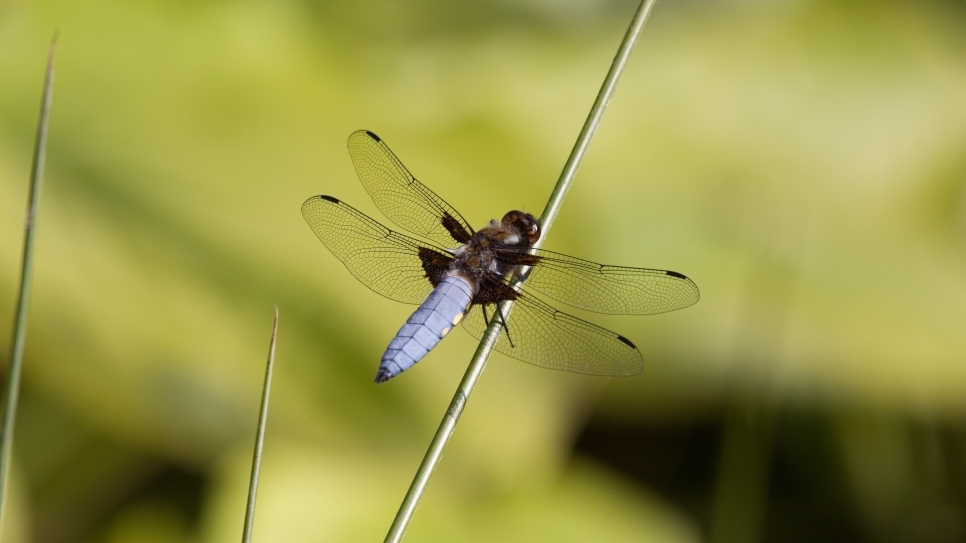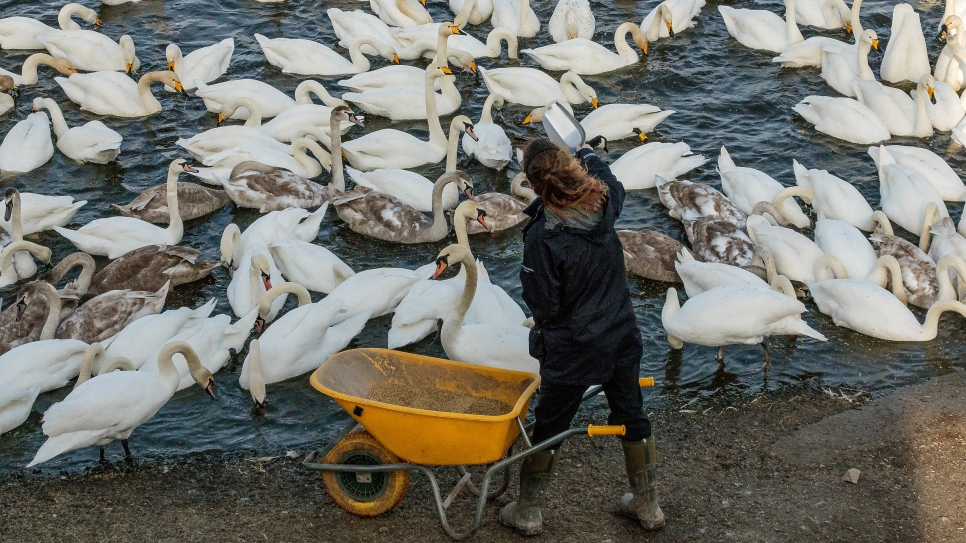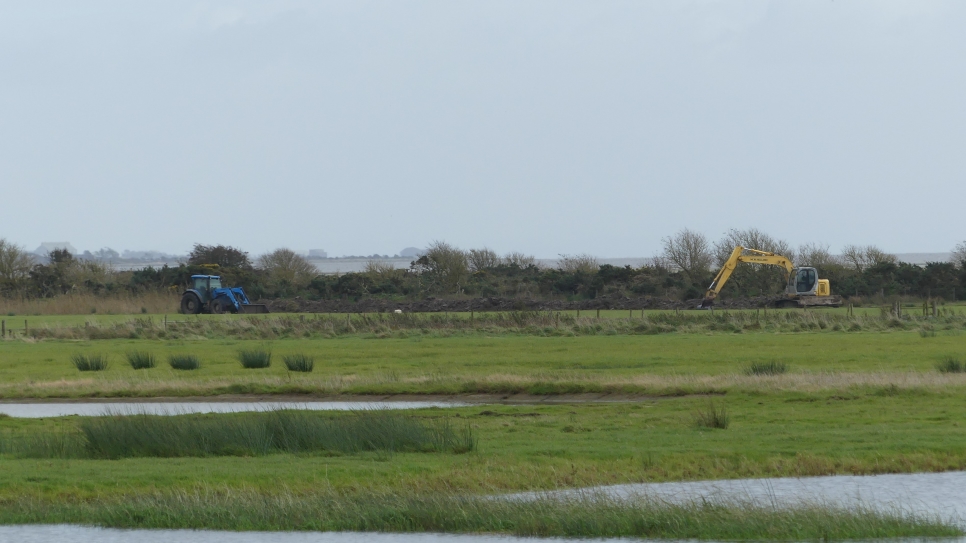What was that whizz of electric blue?!

On a sunny summer’s day, I’m walking some of the fields where we have created new ponds through the Wilder, Wetter Caerlaverock project. I’m generally just checking how the water levels are looking within the ponds and what the grazing levels are looking like. It has been a very busy morning on the reserve as far as wildlife is concerned! The loanings down to the hides are sanctuary to red admirals, comma and meadow browns.
I had thought that the highlight of the day was going to be a southern hawker showing very well for me down the Saltcot Loaning. It was really nice to be able to see its intricate abdominal patterns as it rested on a hawthorn branch. However, as I walked along a couple of ponds created at the end of Year 1 of the project, I saw a very quick flash of blue! I immediately recognised it as a species of Odonata but I wasn’t sure which one as it was darting around the pond at high speed like a live fighter jet! As I focused on its erratic flight pattern, I realised it was a broad bodied chaser! These fairly large dragonflies are very striking with electric blue colouring on their abdomen. I watched for a short while as it patrolled the pond to make 100% sure it was a broad bodied chaser as this is quite an important record for us and our reserve. It’s the first record of the species on the reserve as they start to spread through Dumfries and Galloway and as numbers start to increase in the county. Dragonflies and moths are two examples of wildlife whose distribution is affected by climate change as they colonise new areas and move away from others. With this in mind, it’s really important to record the number of these species so we can continue to learn about how their numbers and distribution are affected both nationally and locally.
Additionally, something else that made me smile when seeing this species on the reserve is that they seem to particularly like ponds with plenty of bare ground, such as the pond created through the Wilder, Wetter Caerlaverock project. We have a range of ponds on the reserve of differing sizes and vegetation cover, usually linked to when they were dug out or last maintained. This record is an example of just how important it is to have a variety of ponds with a range of vegetation types. Certain species prefer ponds with plenty of bare areas, whilst others prefer vegetated ponds with not as much open water and bare mud. Consequently, it’s very important that we have as much variety on the reserve as possible and rotationally maintain our ponds.
The Wilder, Wetter Caerlaverock project is supported by the Scottish Government's Nature Restoration Fund, managed by NatureScot.
Words by Jake Goodwin.
Cover image by WWT.



